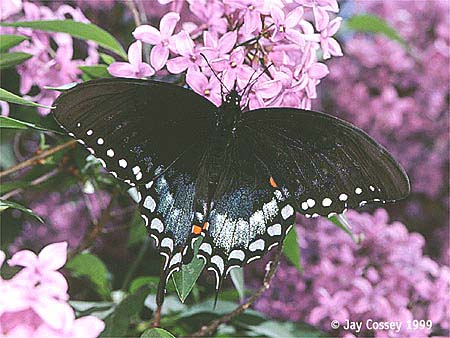

The specimen above is a male as identified by pale green hind wing scales. Females have a similar pattern, but colouration is a pale blue. |
"Wonderful.World"copyright C. Odenkirk MIDI CITY ON.OFF |
During my preteen years (1950's) in Roselle,
New Jersey, this species was very abundant, and larvae were frequently
found in leaf-fold enclosures on Sassafras albidum. |
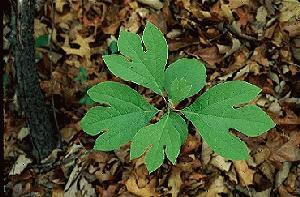 |
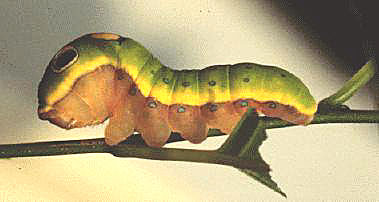 | These interesting larvae with their striking false
eyespots were taken home in their leaf furls and reared to pupal stage in
glass, gallon pickle jars. |
When larvae were
ready to form chrysalids, they would turn a brilliant yellow and "clear
their
guts" with a loose, runny stool. |
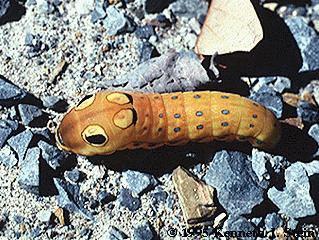 |
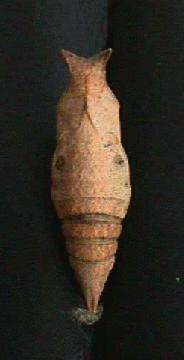 |
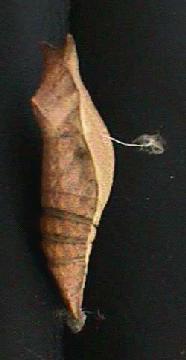
| Photos courtesy of Candy Fuller. |
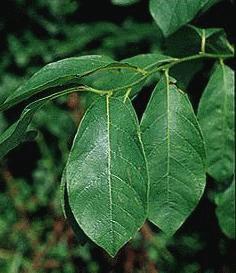 | Although named "The
Spicebush Swallowtail", it has been my experience that the
species prefers Sassafras. I have found larvae on both plants, but always
more abundantly on S. albidum even when L. benzoin was in close proximity.
|
The larvae seem to have four
main defenses: | 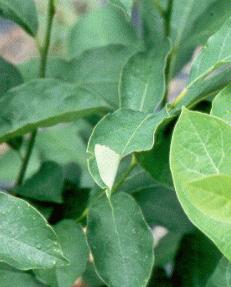 |
Louise Dawson surprised me with this image of a two day old larva. I had always assumed they were smooth-skinned even in the first instar.Second instar larvae are considerably darker with a light, cream-coloured saddle and a white behind. |
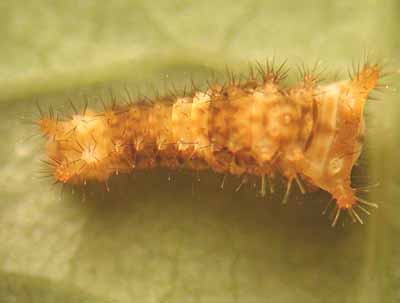 |
Danaus plexippus migrant stray |
Monarch |
|
| Google is one of my favourite Search Engines and seems to offer the most extensive listing of butterfly sites. Use your back arrow to return to this site after using the Google search box to the left. |
Here are some additonal northeastern North American butterflies of interest.
To my knowledge, these species do not fly on Prince Edward Island, but I have reared
most of them as a boy growing up in rural New Jersey.
Battus philenor |
Pipevine swallowtail |
Visit other websites maintained by Bill Oehlke:
I offer two membership sites that far exceed the coverage offered on the sites listed above: